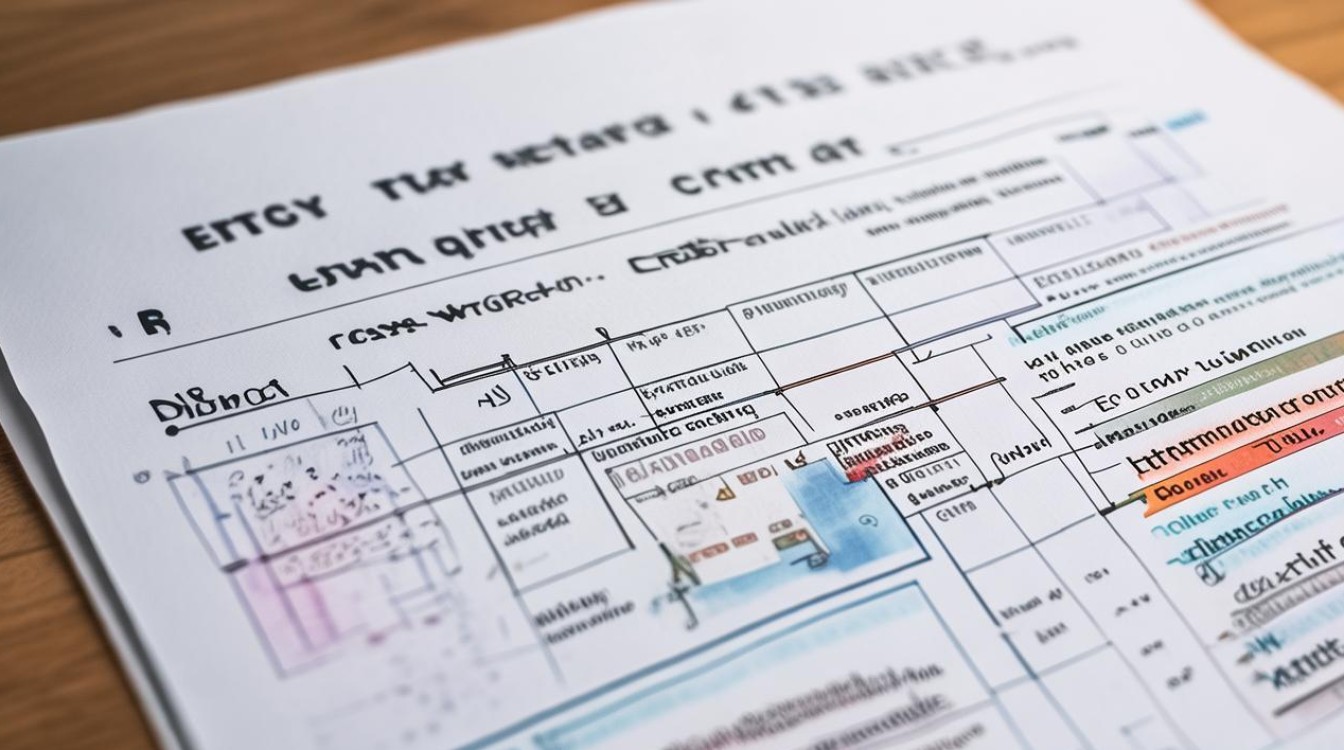雅思写作Task 1图表题是许多考生容易忽视的部分,但掌握正确的写作方法可以轻松拿到高分,本文将提供一套完整的图表题写作模板,并结合实际案例讲解如何快速组织语言、精准描述数据,帮助考生在考试中高效完成写作任务。

图表题写作核心结构
雅思图表题写作通常分为四段:
- 引言段(Introduction):改写题目,说明图表类型及主要内容。 段(Overview)**:总结图表最显著的趋势或特征。
- 细节段(Details):具体描述数据变化,可分两段进行。
- 可选):简单总结或补充关键点(非必需)。
引言段写作方法
引言段只需1-2句话,目的是让考官明确图表内容,避免直接抄题目,应适当改写。
常用句型:
- The chart/graph/table illustrates/shows/displays...
- The data provides information about...
- The diagram compares... in terms of...
示例:
原题:The graph below shows the consumption of fast food in the UK between 1970 and 2020.
改写:The line graph illustrates the changes in fast food consumption among UK residents over a 50-year period from 1970 to 2020.
概述段写作技巧 段是得分关键,需在2-3句话内概括图表的主要趋势或对比。
常见趋势描述词汇:
- 上升:increase, rise, grow, climb
- 下降:decrease, decline, drop, fall
- 波动:fluctuate, vary
- 稳定:remain stable, level off
- 峰值:peak at, reach the highest point
示例:
Overall, the consumption of hamburgers and pizza showed an upward trend, while fish and chips experienced a significant decline. Additionally, pizza surpassed hamburgers as the most popular fast food by the end of the period.
细节段写作策略
细节段需选取关键数据支持概述段的结论,避免罗列所有数据,建议按时间、类别或数值大小分段描述。
数据对比常用表达:
- In contrast, ...
- Similarly, ...
- By comparison, ...
- The most noticeable change was...
示例:
In 1970, fish and chips were the most consumed fast food, with approximately 300 grams per person per week. However, this figure dropped steadily to just 100 grams by 2020. Meanwhile, pizza consumption started at 50 grams but rose sharply after 1990, reaching 250 grams in the final year.
不同类型图表写作要点
线图(Line Graph)
- 重点描述趋势变化,包括上升、下降、波动等。
- 注意交叉点(如某数据超过另一数据的时间)。
示例句型:
After a slight dip in 1980, the figure rebounded and continued to grow steadily.
柱状图(Bar Chart)
- 强调数据之间的对比,尤其是最高值和最低值。
- 可按类别或时间顺序描述。
示例句型:
Country A had the highest emission rate at 10 tons per capita, whereas Country D recorded the lowest at just 2 tons.
饼图(Pie Chart)
- 描述各部分占比,突出最大和最小份额。
- 可比较不同时间段的饼图变化。
示例句型:
The largest proportion was accounted for by transportation (40%), followed by industry (30%) and households (20%).
表格(Table)
- 提取关键数据,避免逐行逐列描述。
- 可横向或纵向比较数值。
示例句型:
The table reveals that urban areas had a higher literacy rate (90%) compared to rural regions (75%).
高分表达与常见错误
数据描述多样化
避免重复使用“increase”或“decrease”,可替换为:
- surge, soar (大幅上升)
- plummet, plunge (急剧下降)
- moderate growth (温和增长)
避免主观臆断
图表题只需客观描述数据,不要加入个人观点。
错误示范:
People stopped eating fish and chips because it became unhealthy.
正确写法:
The consumption of fish and chips decreased significantly over the period.
时态与语态
- 过去时间数据用过去时(e.g., In 2000, the figure was...)。
- 无时间或预测数据用现在时(e.g., The chart shows...)。
- 被动语态可增加句式变化(e.g., It can be seen that...)。
实战案例解析
**
The chart below shows the percentage of internet users in three countries from 2000 to 2020.
范文:
The line graph compares the proportion of internet users in Japan, Canada, and Brazil over two decades, from 2000 to 2020.
Overall, all three countries experienced growth in internet usage, with Canada consistently leading throughout the period. Additionally, Brazil showed the most dramatic increase, starting from the lowest point but nearly catching up to Japan by 2020.
In 2000, Canada had the highest internet penetration rate at 40%, while Japan and Brazil stood at 20% and 5% respectively. Over the next 10 years, Canada’s figure rose steadily to 70%, and Japan’s reached 50%. In contrast, Brazil’s percentage surged to 30%, marking a sixfold increase.
By 2020, Canada maintained its dominance at 85%, followed by Japan at 65%. Brazil continued its rapid growth, closing the gap at 60%. This suggests that while developed nations had an early advantage, developing countries are catching up quickly in terms of internet accessibility.
练习建议
- 限时训练:20分钟内完成一篇图表作文,培养时间管理能力。
- 多分析范文:研究高分范文的结构和用词,模仿其逻辑。
- 积累词汇:整理常用趋势词汇、衔接词,避免重复表达。
- 检查语法:重点核对时态、介词使用(如“from...to...”)、数据单位(如“%”或“million”)。
掌握这套模板后,考生可以快速应对各类图表题,确保在考试中高效完成Task 1,为Task 2留出更多时间,图表题的关键在于清晰、准确地呈现数据,而非复杂句式或高级词汇,因此熟练运用模板比盲目追求难度更重要。




